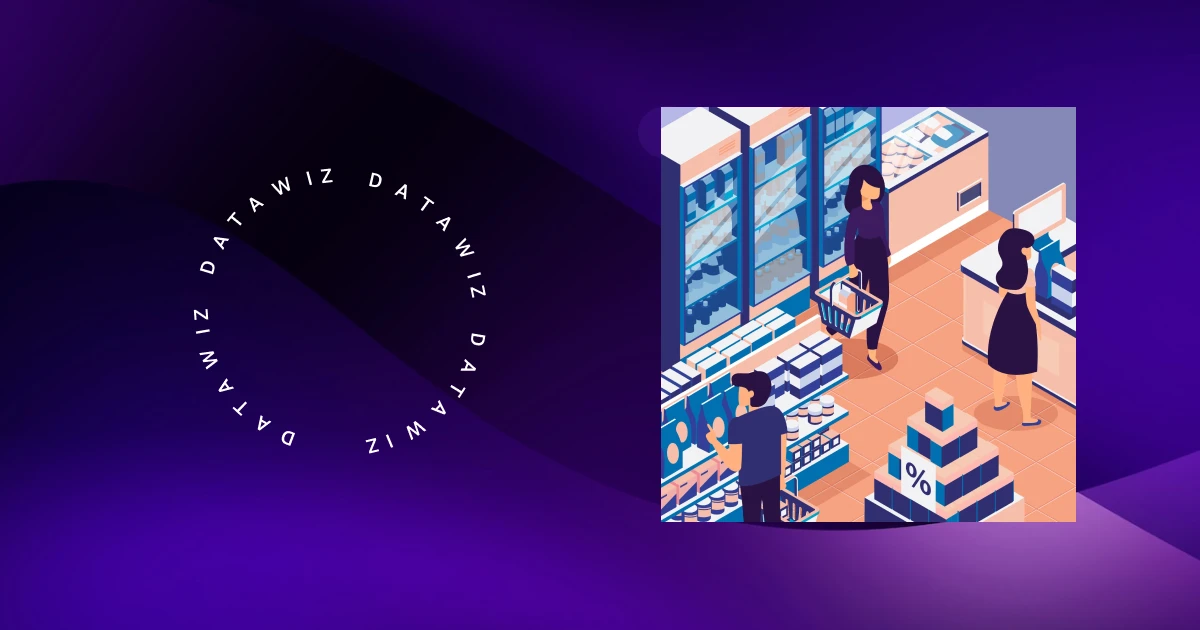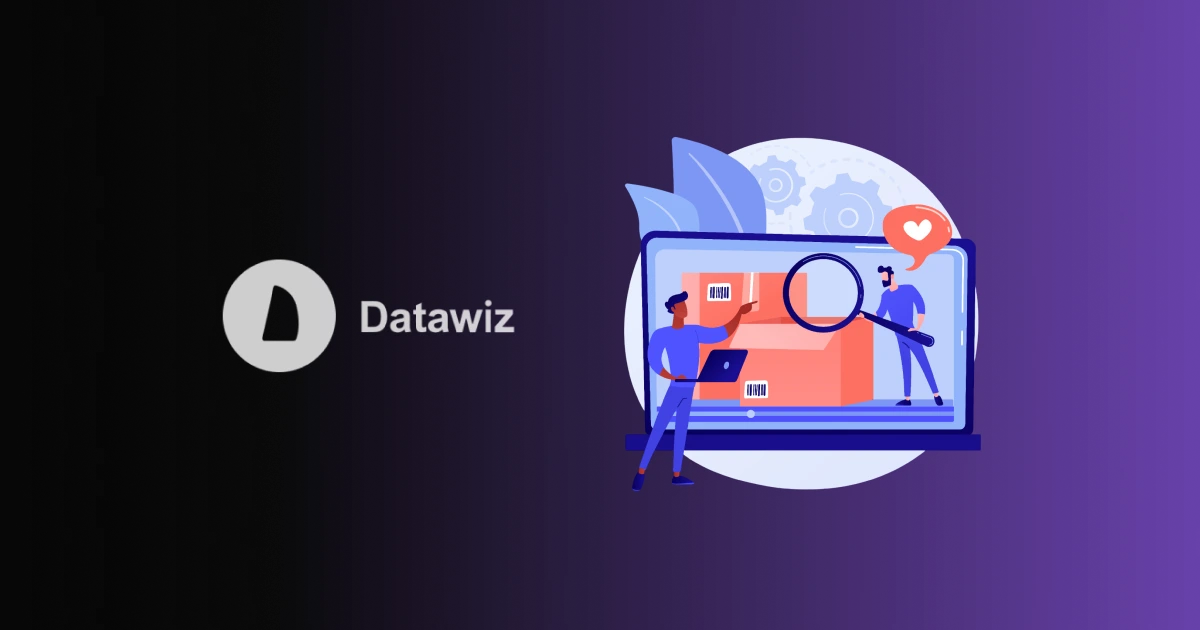Content:
- What Is a Loyalty Program (in Retail)?
- How to Use a Loyalty Program in Retail
- Sales Analysis in Retail: Why and How?
- What Is RFM Analysis for Retail?
- The Interaction Between Loyalty Programs, Sales Analysis, and RFM Analysis
- Conclusion
Our world moves quickly. Every sphere of life – from service subscriptions to job vacancies – is characterized by speed. Consequently, competition is fierce. Retail is no exception, where attracting, retaining, and responding to customer needs are crucial. Your product may be much higher quality than what is generally available. Still, it's not enough if your customer engagement strategy is only on par with your competitors. In this case, a loyalty program becomes an important tool, allowing you to increase repeat purchases and build long-term relationships with loyal customers. Additionally, sales and RFM analysis tools play a significant role in understanding customer needs and boosting retail sales.
What Is a Loyalty Program (in Retail)?
A loyalty program for retail is a system of incentives designed for regular (and, to some extent, new) customers, allowing them to receive bonuses, discounts, or gifts for consistent interaction with your store or business. This enhances customer satisfaction, fosters their love for the brand, and encourages repeat visits.
The Main Principles of a Loyalty Program:
It rewards customers for regular purchases and visits to your stores.
We offer special deals for loyalty program participants, such as discounts or promotions.
Providing rewards for recommending the brand – customers can earn bonuses for bringing in their friends or acquaintances.
Thus, a loyalty program in retail helps increase sales volume, creates a positive brand image, and enhances overall customer satisfaction.
How to Use a Loyalty Program in Retail
As mentioned, this is a critical tool for attracting and retaining customers. At the same time, it is an excellent way to analyze customer behavior and average purchase size andadapt marketing campaignsto meet consumer needs:
Identify the most profitable customer groups for the retail chain.
Offer personalized discounts and bonuses to encourage repeat purchases.
Develop marketing strategies focused on the most profitable customers.
If, as a retailer, you gather as much data as possible about your customers, you can fully leverage the potential of each client – giving your store a competitive advantage.
Sales Analysis in Retail: Why and How?
Sales analysis in retail is collecting, processing, visualizing, and analyzing sales data at a specific store within your retail chain. This process allows you to understand which products are in the highest demand and have seasonal preferences and measure the effectiveness of marketing campaigns. For example, critical aspects of sales analysis in retail include:
Sales Volume – determining how much of a product was sold during a specific period.
Seasonal Fluctuations – identifying peak demand periods for specific products or product categories.
Customer Base Analysis – uncovering the most active customers (and the ability to evaluate the entire engagement spectrum).
You can optimize assortments, product matrices, and marketing strategies with these insights. However, it's important to note that data must be accurately interpreted – having a service for retail data analysis helps visualize and share data with colleagues efficiently.
What Is RFM Analysis for Retail?
RFM analysis is a method for evaluating customer value based on the following key indicators:
Recency (R) – how recently a customer purchased at the store or chain.
Frequency (F) – how often a customer makes purchases.
Monetary (M) – how much money a customer spends over a certain period.
This method is best suited for segmenting customers based on these three metrics. It enables businesses to tailor marketing and loyalty strategies to their retail operations.RFM analysisidentifies valuable and active customers – "warm leads" – who should be encouraged to make repeat and larger purchases. Furthermore, this method helps identify at-risk customers who may lose interest in your brand and stop shopping.

The Interaction Between Loyalty Programs, Sales Analysis, and RFM Analysis
For effective management of a retail chain, it's essential to implement a loyalty program and use sales and RFM analysis. The synergy of these tools allows you to work with loyalty programs and specific customer groups and implement various marketing campaigns.
Additionally, integrating RFM analysis with retail sales analysis enables:
Optimizing sales strategies at specific retail chain locations.
Personalizing offers for individual stores, ignoring the overall business statistics.
Identifying and focusing on the most promising customer groups at particular store locations.
Conclusion
Loyalty programs, RFM analysis, and sales analysis are critical components of successful development for any retail chain. They help attract new customers, work with existing ones, increase purchase frequency, and boost overall sales in the chain or at specific retail locations.
Successful integration of these methods improves the entire operational and commercial activities of the retailer, maximizing the value of every customer interaction. While it's hard to imagine retail business development withoutBusiness Intelligence (BI) services, the key takeaway is understanding and remembering these fundamental aspects. якAfter all, the main priorities for the retail business are sales, product turnover, and customer satisfaction.
 What's new?
What's new?





 No credit card required
No credit card required